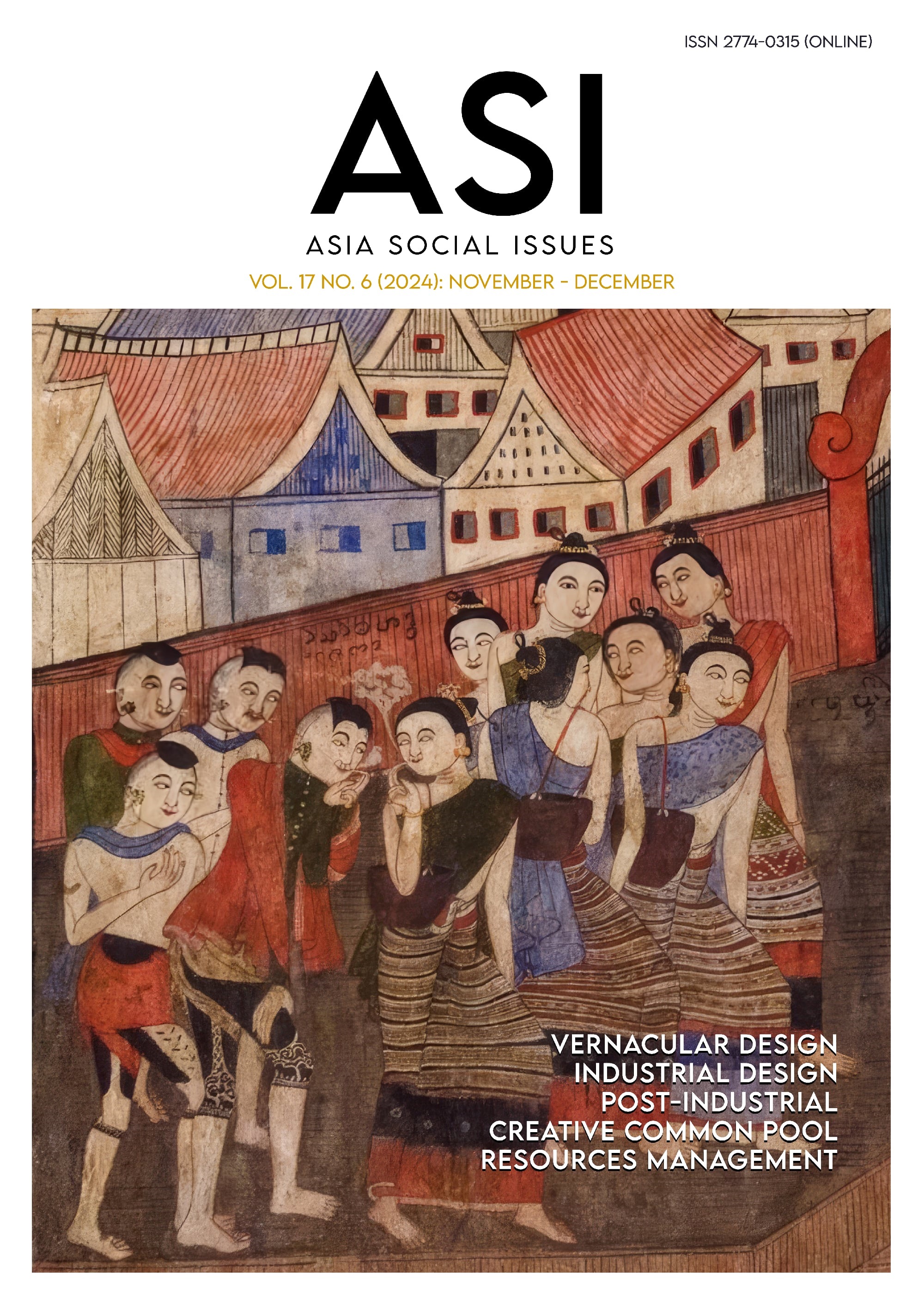Vernacular Design: Alive and Alert
Main Article Content
Abstract
This article debates that vernacular design is not a social reflection, but a social operation that stems from revisiting indigenous intelligence and employing it to generate social power, which could establish a nature-culture balance. Such a balance is intended to respond to the local way of life and address different daily-life problems encountered by each individual. This direction differs from that of industrial design, which, by promoting uniformity, requires customers or users to adjust themselves and their lifestyles. Whereas industrial design focuses on mass production and creation of a unified mega-culture known as globalization, vernacular design aims to address individuals’ problems, drive their chosen way of life forward, and strive for sustainability. In other words, vernacular design responds to an individual’s needs in his or her own way of life and promotes knowledge sharing with every community member. In this system, community members are skilled designers who possess their own aesthetic vernacular and utilize public property as an asset for their designs. Aiming for sustainability, vernacular design progresses in four levels: 1) hybridizing, by modifying the function of a modern, mass-produced commodity; 2) maintaining indigenous identities to propel the native way of life; 3) common-pooling to benefit all community members collectively; and 4) devising a strategy to address social issues or to change public policies.
Article Details

This work is licensed under a Creative Commons Attribution-NonCommercial-NoDerivatives 4.0 International License.
Copyright: CC BY-NC-ND 4.0
References
Doherty, R., Wrigley, C., Matthews, J., & Bucolo, S. (2015). Climbing the design ladder: Step by step. Revista D.: Design, Educação, Sociedade e Sustentabilidade, Porto Alegre, 7(1), 60-82.
Fumiito, A. M. (2007). Chickens and humans from the ethnographic perspective (C. Seetisan, Trans.). Bangkok, Thailand: Amarin Publishing.
Lena, F. P., Anna, C., Marcos, B., & Zuleica, S. (Eds.). (2012). Design frontiers: Territiories, concepts, technologies. 8th Conference of the International Committee for Design History & Design Studies. São Paulo, Brazil: Blucher.
Ostrom, E. (2002). Common-pool resources and institutions: Towarda revisedtheory, Handbook of Agricultural Economics. In B. L. Gardner & G. C. Rausser (Eds.), Handbook of agricultural economics (volume 2, part 3, pp. 1315-1339). Amsterdam: Elsevier.
Prapattong, P. (2007). Taste of the food village of Mae Salong. Chiang Rai, Thailand: Mae Fah Luang University.
Prapattong, P. (2021). Weld, tie, fasten, thread: Product development training manual. Chiang Rai, Thailand: Mae Fah Luang University.


